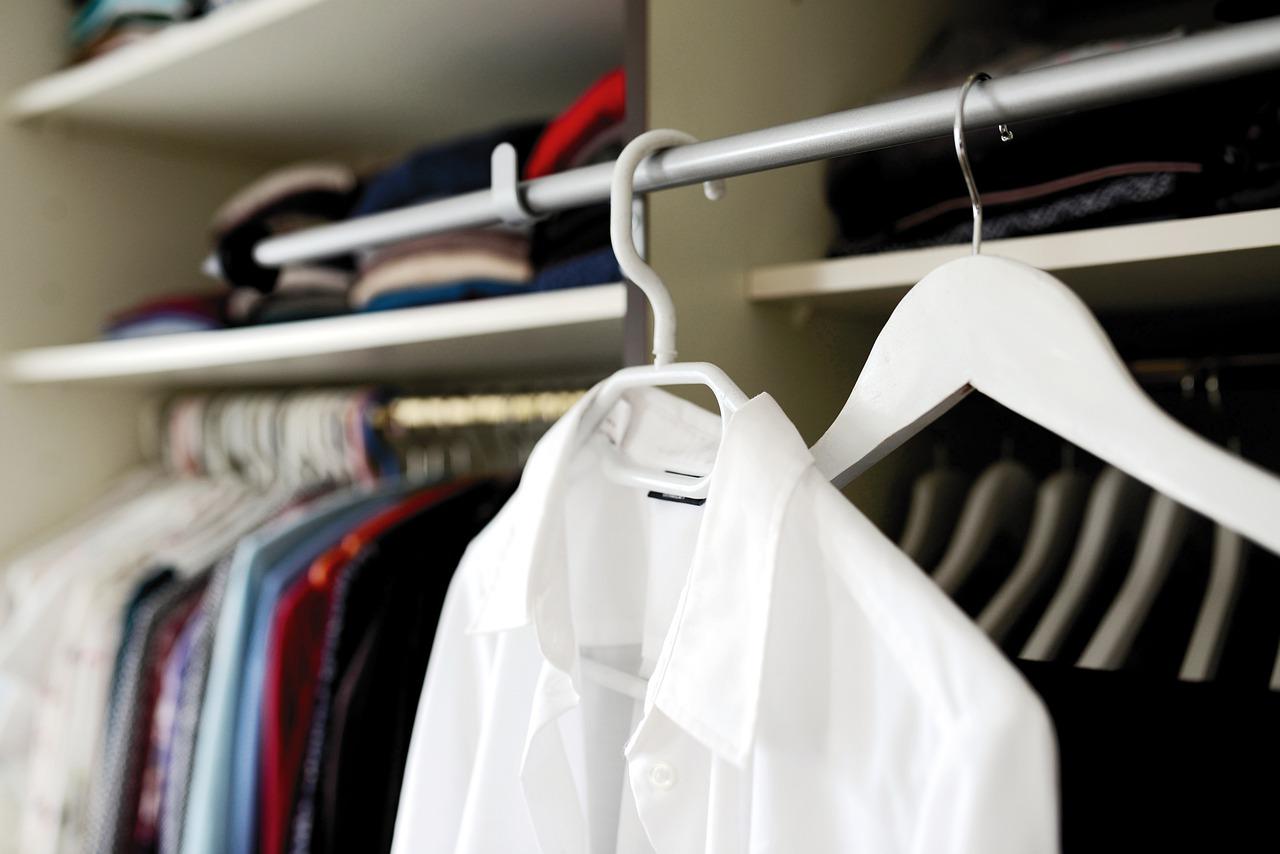
Pre-reading questions:
I will read each question. Then, please answer them.
- What do you know about the a wellbeing wardrobe?
- Do you buy clothes at secondhand shops? Why or why not?
Vocabulary:
I will read the words, meanings, and sample sentences. Then, repeat after me.
- purchase /PUR-chuhs/
- manufacture /man-yuh-FAK-cher/
- clothing /KLOH-thing/
- strategy /STRAT-i-jee /
- supply /suh-PLAHY/
[verb] – to buy something
You can purchase insurance online.
[verb] – to produce goods in large numbers, usually in a factory using machines
They can manufacture rags into paper.
[noun] – clothes, especially clothes of a particular type or those worn in a particular situation
They need warm clothing for the winter.
[noun] – a detailed plan for achieving success in situations such as war, politics, business, industry, or sports, or the skill of planning for such situations
This strategy could cause more problems.
[noun] – an amount of something that is available for use
We have a great supply of meat.
Article reading:
Please read the whole article. Then, I will check your pronunciation and intonation.
More clothes are being purchased than ever in some countries, but this trend cannot continue. Would having a “wellbeing wardrobe” be advantageous?
If nothing changes soon, the fashion industry may need 35% more land by 2030 to manufacture fiber and 25% of the world’s remaining carbon budget by 2050 to keep global warming below 2C. Although it might appear impossible, this is true. In nearly the past 15 years, garment production has more than doubled while the amount of time we spend wearing clothes has reduced by over 40%. Due to dropping prices, consumers in the EU are buying more clothing than ever while spending less money. This can’t go on. There has to be a cost. Recent research has proposed a “wellbeing wardrobe” as a new design paradigm in which the health of people and the environment are valued over the ever-increasing consumption of disposable rapid fashion.
The fashion industry’s continual development strategy will be difficult to replace with a sustainable one. But rather than allowing a tidal wave of pointless clothing to deplete our finite supply of materials, our energy, and our carbon budget, we should take steps to determine the direction of fashion and work toward a wardrobe that benefits both people and the environment.
If nothing changes soon, the fashion industry may need 35% more land by 2030 to manufacture fiber and 25% of the world’s remaining carbon budget by 2050 to keep global warming below 2C. Although it might appear impossible, this is true. In nearly the past 15 years, garment production has more than doubled while the amount of time we spend wearing clothes has reduced by over 40%. Due to dropping prices, consumers in the EU are buying more clothing than ever while spending less money. This can’t go on. There has to be a cost. Recent research has proposed a “wellbeing wardrobe” as a new design paradigm in which the health of people and the environment are valued over the ever-increasing consumption of disposable rapid fashion.
The fashion industry’s continual development strategy will be difficult to replace with a sustainable one. But rather than allowing a tidal wave of pointless clothing to deplete our finite supply of materials, our energy, and our carbon budget, we should take steps to determine the direction of fashion and work toward a wardrobe that benefits both people and the environment.
Comprehension questions
I will read each question. Then, please answer them based on the article.
- According to the article, what cannot continue?
- What would be advantageous?
- How much land is needed if the fashion industry doesn’t change soon?
- What is happening due to the dropping prices of clothing in the EU?
- What should be done to determine the direction of fashion and work toward a wardrobe that benefits both people and the environment?
Discussion questions
I will read each question. Then, please answer them.
- How often do you go shopping for clothes? Could you tell me about it?
- Do you buy clothes even if you do not need them? Why or why not?
- Would you prioritize human and environmental health? Why or why?
- Do you agree that it will not be simple to change the fashion industry’s constant development model to a sustainable one?
- What do you think of a sustainable industry?